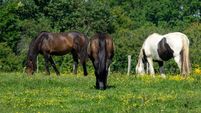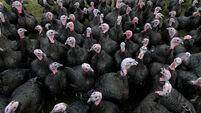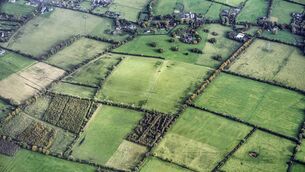Classic example of conflicting national targets in Food Harvest
Ireland has a target to reduce emissions by 20%, compared to 1990. Agriculture in Ireland accounts for 28% of greenhouse gas emissions (only in New Zealand is the ratio higher), amounting to 17.5 million tonnes of carbon, having reduced by about 12% compared to 1990.
Further emission reduction is expected in the 28% increase in milk supply scenario because the increased greenhouse gas emissions from the dairy herd would be offset by declining emissions from the beef herd.













